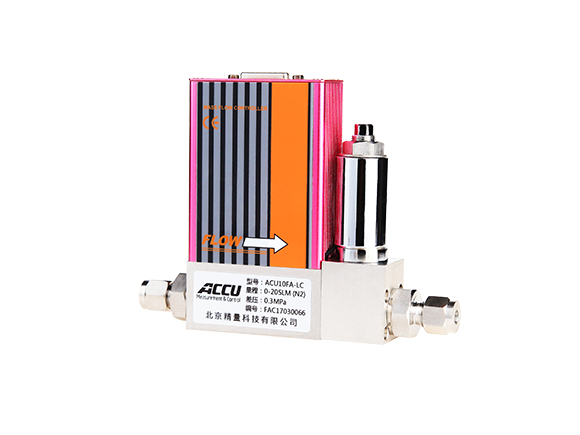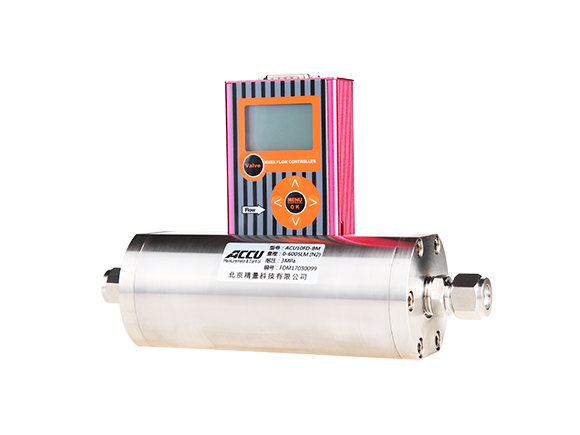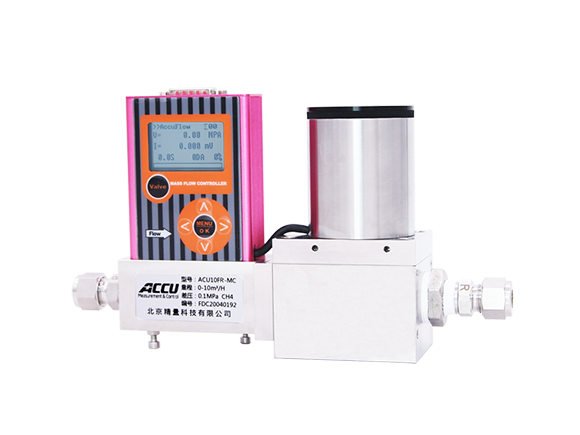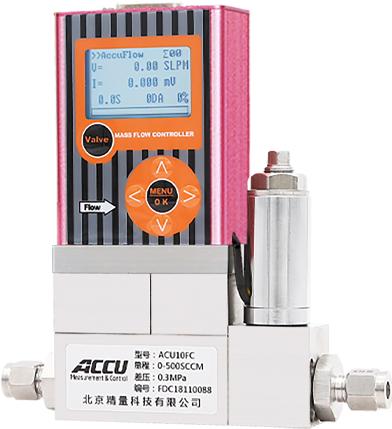Review of Supercritical Fluid Flowmeters: Measurement Techniques for High-Pressure and High-Density Media
Supercritical fluids, such as supercritical carbon dioxide (SC-CO₂), have gained increasing prominence in industrial and research applications—including extraction, dyeing, power generation, and carbon capture—due to their unique physical properties. However, when these fluids operate near their critical points, even minor fluctuations in temperature or pressure can trigger dramatic changes in properties like density and viscosity, posing significant challenges for precise flow measurement. This article aims to provide a comprehensive review of the mainstream measurement techniques employed under these demanding operational conditions.
I. Core Measurement Challenges
The core challenge in measuring supercritical fluid flow lies in the nonlinearity and instability of its physical properties. Traditional flow meters are typically calibrated based on fixed fluid property parameters, whereas the density of supercritical fluids is not constant. This discrepancy significantly reduces the accuracy of volume-based flow meters, such as turbine flowmeters. Moreover, the high-pressure environment imposes stringent requirements on the mechanical strength and sealing performance of the instruments. Additionally, improper control can lead to phase transitions in the fluid, potentially causing measurement failure altogether.
II. Analysis of Mainstream Technical Approaches and Their Advantages and Disadvantages

Ultrasonic Flow Meter This technology measures the propagation speed of ultrasonic waves in fluids, employing a non-contact measurement method that causes no flow obstruction and results in minimal pressure loss. The Doppler method is particularly suitable for fluids containing particles or gas bubbles, while the time-of-flight method is better suited for clean media. However, since the speed of sound in ultrasound itself is influenced by fluid density, when measuring supercritical fluids, it is essential to integrate high-precision temperature and pressure sensors for real-time compensation. As a result, system integration becomes highly complex.
III. Conclusion and Outlook
Related Products












